Cavernous Malformation
Home » Conditions » Cavernous Malformation
What is a Cerebral Cavernous Malformation (CCM)?
A cerebral cavernous malformation (CCM) is a clusters of abnormal, tiny blood vessels and larger, stretched-out, thin-walled blood vessels filled with blood and located in the brain. These blood vessel malformations can also occur in the spinal cord, the covering of the brain, or the nerves of the skull.
They are also referred to as cavernomas, cavernous angiomas, cavernous hemangiomas or intracranial vascular malformations. At The Morrison Clinic™, we specialize in treating each of these pathologies with a focus on your best quality of life.
Cavernous malformations range in size and can grow as large as 4 inches. It remains unknown what causes cavernous malformations. Roughly 20% of people with one has inherited the condition.
Symptoms of Cavernous Malformation
A person with a cavernous malformation may experience no symptoms. When symptoms occur, they often are related to the location of the malformation and the strength of the malformation walls. The type of neurological deficit is associated with the area of the brain or spinal cord that the cavernous malformation affects. Symptoms may appear and subside as the cavernous malformation changes in size due to bleeding and reabsorption of blood. Any of the following symptoms may occur:
- Seizures
- Weakness in arms or legs
- Vision problems
- Balance problems
- Memory and attention problems
- Headaches
Learn more about your specific cavernous malformation symptoms, and how they can be treated at The Morrison Clinic™. Schedule an e-consult.
Non-Surgincal Cavernous Malformation Treatment Options
To help you avoid surgery, our CCM treatment specialists at the The Morrison Clinic™ may recommend the following courses of action:
- Observation. If you are not experiencing symptoms, Dr. Morrison may initially decide to monitor your cavernous malformation, especially since risk is generally lower for those who are non-symptomatic. Sometimes, intermittent testing such as magnetic resonance imaging (MRI) is recommended to watch for any changes in the malformation.
- Medications. If you have seizures related to a cavernous malformation, you will likely be prescribed medications to stop the seizures and help provide for a better quality of life.
Cavernous Malformation Treatments
The impact that a cavernous malformation makes on a person varies greatly.
Your expert neurosurgeons at The Morrison Clinic will take many factors into consideration before deciding on an approach to CCM treatment, including:
- Your age
- Location of the malformation
- Size of the malformation
- Whether the malformation shows signs of bleeding
- Symptoms it is cuasing
- Pace of growth
If your CCM is growing at a fairly rapid rate, it may be necessary to remove it.
Schedule an e-consult with Dr. Morrison to discuss the full breadth of your cavernous malformation treatment considerations today.
Surgical Removal of Cavernous Malformations
If the CCM is causing symptoms or is growing, surgery to remove the malformation may be recommended.
Surgery can be very effective if the malformation is located in an accessible part of the brain. The entire cavernous malformation must be removed so that it cannot resume growing again.
A newer approach to treating cavernous malformations is stereotactic radiosurgery. This approach is useful when cavernous malformations are repeatedly bleeding and are located in parts of the brain that aren’t otherwise accessible by surgery because they are deep within the brain.
Stereotactic radiosurgery uses precisely focused radiation to treat cavernous malformations. Three-dimensional, computer-generated images guide the oncologists and surgeons in aiming radiation from several sources at the malformation.
The may be used for treatments in the brain. The doses of radiation given are very high. But because they are precisely aimed, there is little risk to the surrounding tissue.
Stereotactic radiosurgery does not require general anesthesia. No incision is made in the body. There is no need to shave one’s head or body. Radiosurgery requires roughly one to four hours, and patients are able to go home the same day. With this treatment, it is safe to activities the following day. Sometimes, more than one stereotactic CCM treatment is needed.
Prognosis: Living with Cavernous Malformation
Overall, the prognosis for a CCM varies. Location, size and number of lesions determine the severity of the disorder. In some cases, CCMs can be fatal, particularly if they cause severe brain hemorrhage.
Your recovery from cavernous malformation surgery begins right after your operation. You can expect to spend the first 24 to 48 hours post-surgery in intensive care, where you will be monitored carefully for signs of bleeding, swelling or neurological problems. During this time, you can expect to receive medications for pain and swelling and to prevent post-surgery seizures.
Without complications, your hospital stay typically lasts not more than a week. If any problems with speech, coordination or memory persist, you may receive therapy to help resolve them before you return home.

